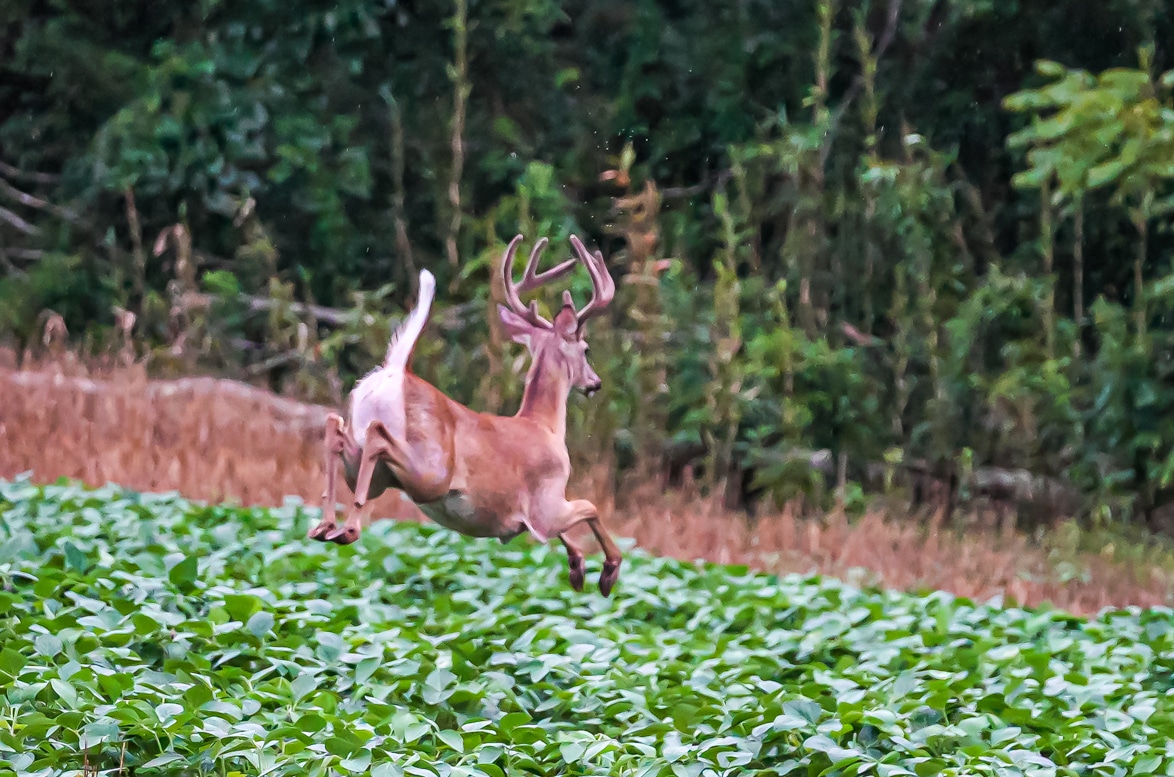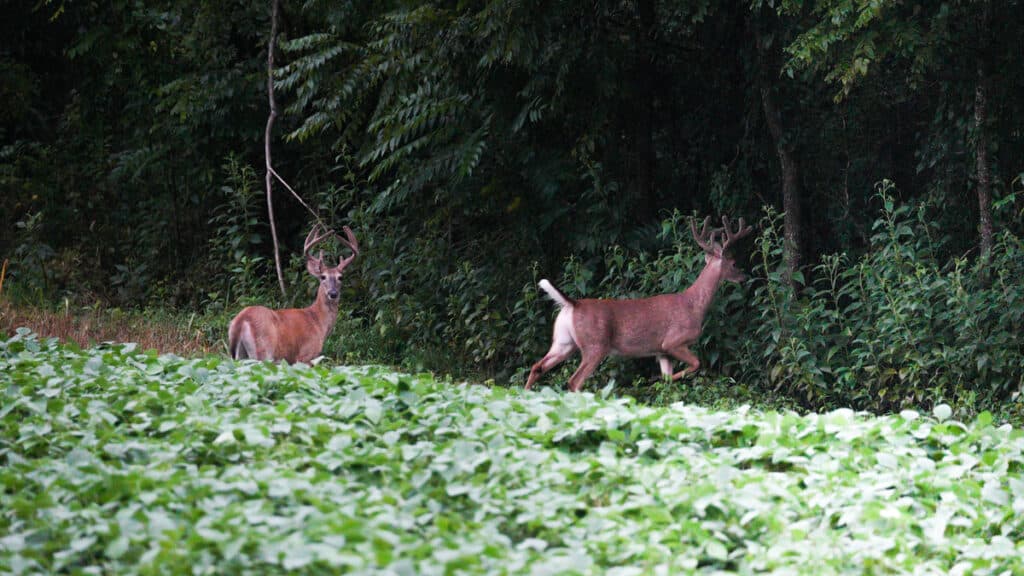4 Steps to Opening Day Deer Success
America’s most coveted big-game species, the whitetail deer. You’re pumped, and you should be. Few things surpass the excitement of opening day in the deer woods. However, don’t let the pure joy of hanging 20-feet up a hardwood trump the overall goal, which should be a first-time-in kill. Here’s 4 steps to follow to make opening day a success.
1. Food is King
Whitetail hunting is a 365/24/7 obsession for most, and by now, you should know what food the big dogs are hitting and when. These feed stations range from lush micro-plots tucked in the timber to large, protein-rich ag fields, to feeder locations. All are great options but let hands-on scouting and trail cams tell you where you need to be. Also, look at opening day wind patterns, current moon phase, and barometric pressure. Plan a fly-under-the-radar entrance and exit plan when traveling to and from the stand — and stay off major food sources during the morning. The only time I like a morning food-source hunt early in the season is if I’m on a small micro plot near bedding where bucks and does stop to grab a bite after exiting big ag fields from the night before. Pay attention to camera time stamps. If you feel a morning hunt would be in your best interest, don’t be afraid to get in on your small plot and mix it up.
Most large plots that sit on the fringe of heavy timber should be evening-only forays. Have a few stands set on inside corners and the like that will allow you to hunt various winds. Be sure to head to the stand and be settled in well before the deer start to move and take advantage of an early-season bed-to-food pattern.
2. Win Over Water
Some of my best early-season deer action comes over water. September and early-October temps can be torrid, and deer will need to slake their thirst. Waterways like creeks, streams, canals, and rivers are solid. While it can be hard to pinpoint an exact watering location on these water sources, waterways funnel whitetail movement. Deer are drawn to them, and if pre-season scouting combined with trail-cam pics show bucks are using a particular water crossing, get on it. It is expected during the early season for does, fawns, and young bucks to use one water crossing and for area “gaggers” to use another. Your trail-cam intel will tell you which one the big bucks are using. Make sure you’re on the right one.
Perhaps better than a water crossing is an identified drinking station. These drink locales may come in the form of small ponds, stock tanks, and the like. Typically, the closer the water is to a likely bedding area, the better. While mature bucks don’t move much during the day, they will grab a drink on their way back from morning food sources and stop to wet their whistle on the way to those belly-filling feed spots in the evening.
It is a little out of the early-season whitetail norm, but often those who step outside of established standards find success. If your weather app shows a constant wind direction from dawn to dark, don’t be afraid to pull an all-day sit, especially if the cams show mid-day activity. Bucks often get out of their bed, especially if water is close by, and snag a quick drink.
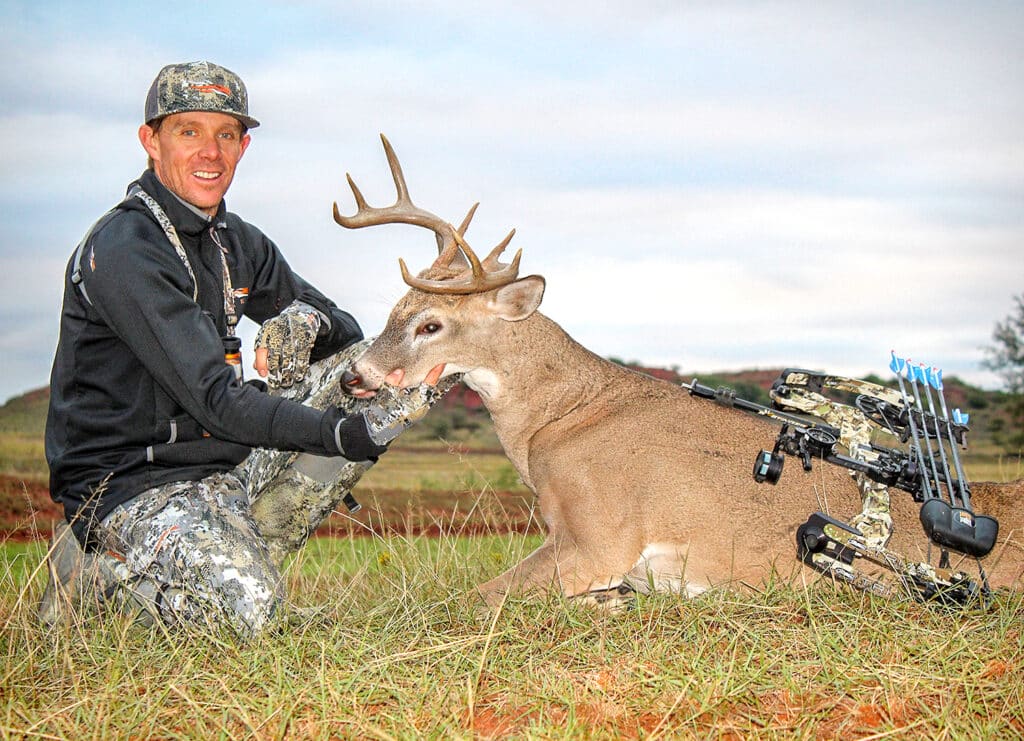
3. Staging Areas
Like food, staging areas are no big secret, but I don’t feel like every bowhunter, especially those new to toting archery tackle to the whitetail woods, fully understand. In quick layman’s terms, a staging area is a location whitetails move to after rising from their beds and hanging out for a long time before moving to primary food sources.
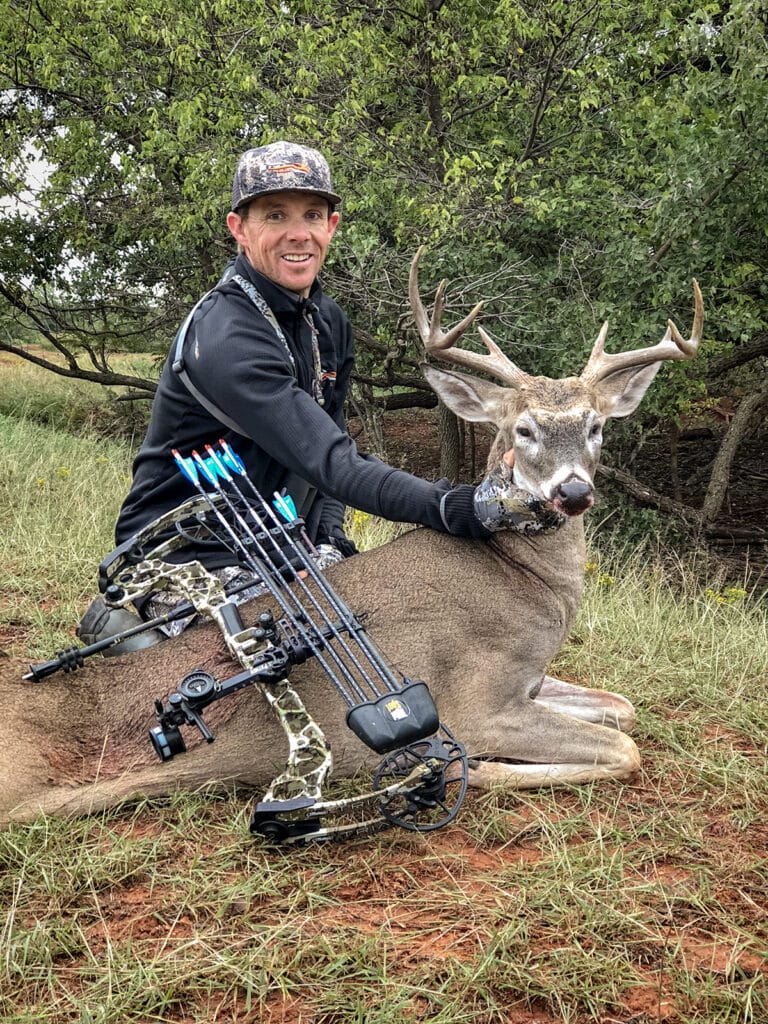
4. Move to the Movement
OK, so this tidbit of info is for those that don’t sling an arrow on opening day. Be ready to move to the movement. If your opening-day sit teaches you something about where deer are moving and when, don’t overthink it. Keep the wind right and move to the movement.
If you heed these four tips, chances are good you’ll find opening-day success. Remember, play it smart. The wind trumps all, and if you get good wind and find yourself on the front side of small system that promises to bring cool air, all the better. Good luck!
Jace Bauserman is an avid bowhunter and is always posting great hunting and shooting content to his social page. Check him out on Instagram.
2021 Start Dates |
||
|
Archery
|
Rifle
|
|
|
Alabama
|
10/15
|
11/20
|
|
Arkansas
|
–
|
11/13
|
|
Georgia
|
–
|
10/13
|
|
Illinois
|
–
|
11/19
|
|
Iowa
|
–
|
12/04
|
|
Kansas
|
–
|
10/09
|
|
Michigan
|
12/01
|
11/15
|
|
Mississippi
|
–
|
11/20
|
|
Missouri
|
11/24
|
11/13
|
|
Nebraska
|
–
|
11/13
|
|
New York
|
10/13
|
10/23
|
|
Oklahoma
|
–
|
11/20
|
|
Pennsylvania
|
–
|
11/27
|
|
Texas
|
10/03
|
11/06
|
|
Wisconsin
|
–
|
11/20
|

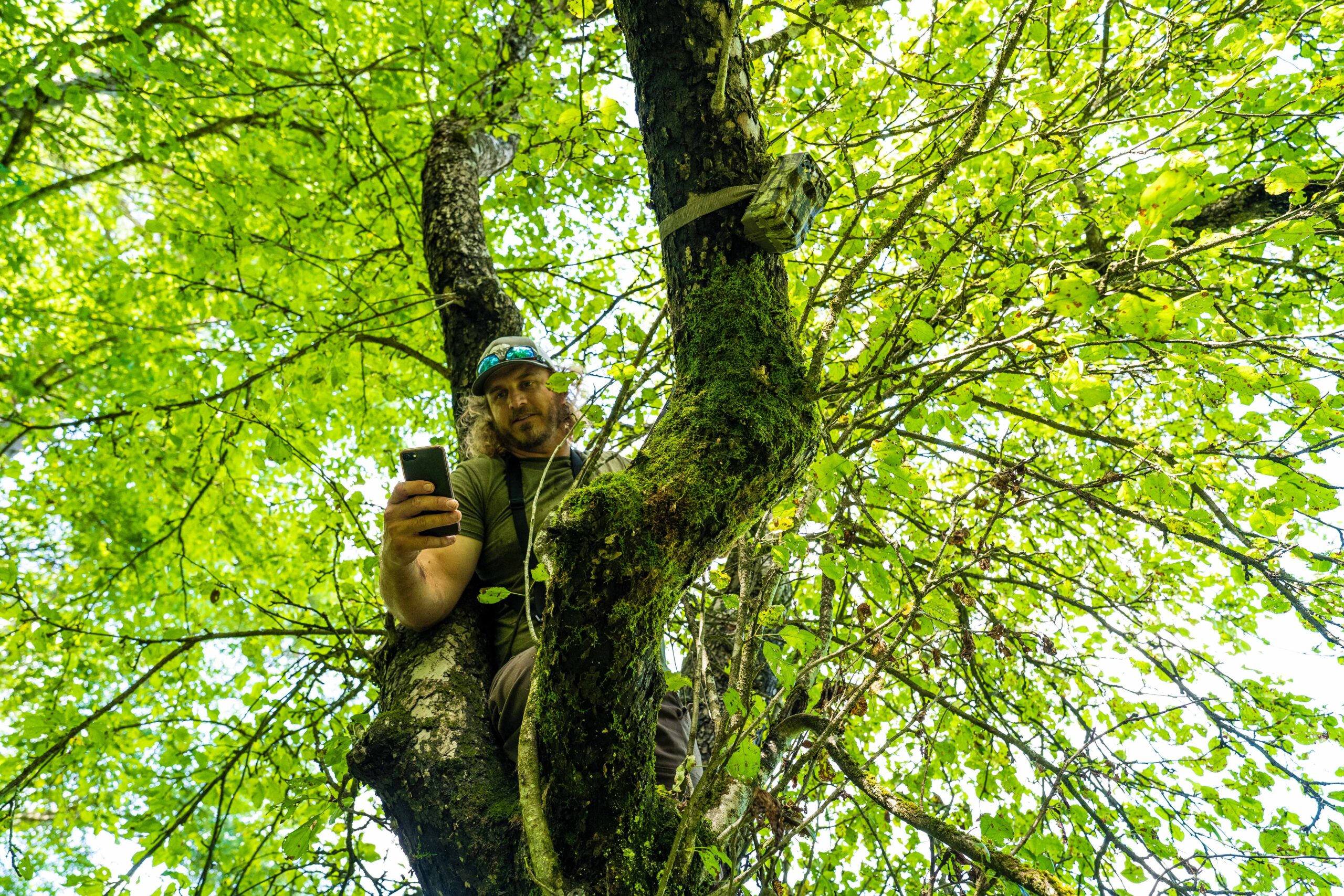
Featured
We asked our friends from The Element to share some of their public-land scouting and hunting knowledge with us. These guys travel the country scouting and hunting public land each year. Check out this Q&A for some helpful tips and advice when searching for prime hunting spots on public ground.

Featured
As hunting season kicks into high gear, it’s time to get prepped and ready for the best season ever. Download our free 2021 Hunting Checklist and don’t forget to make Moultrie Mobile part of your toolkit.
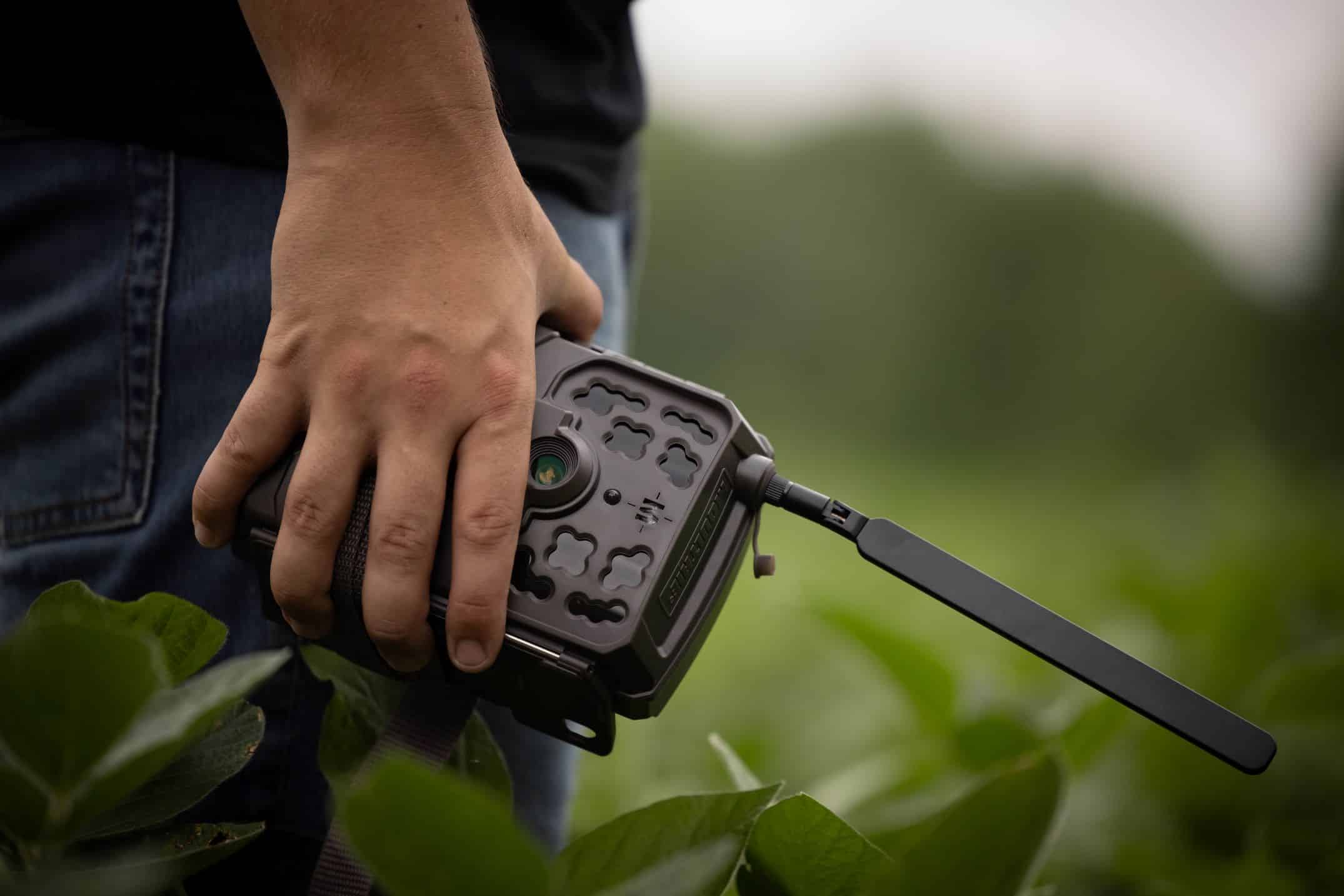
Featured
Learn about the most common cellular trail camera mistakes and how to troubleshoot them. Purchase a high-quality cellular trail camera from us today!



